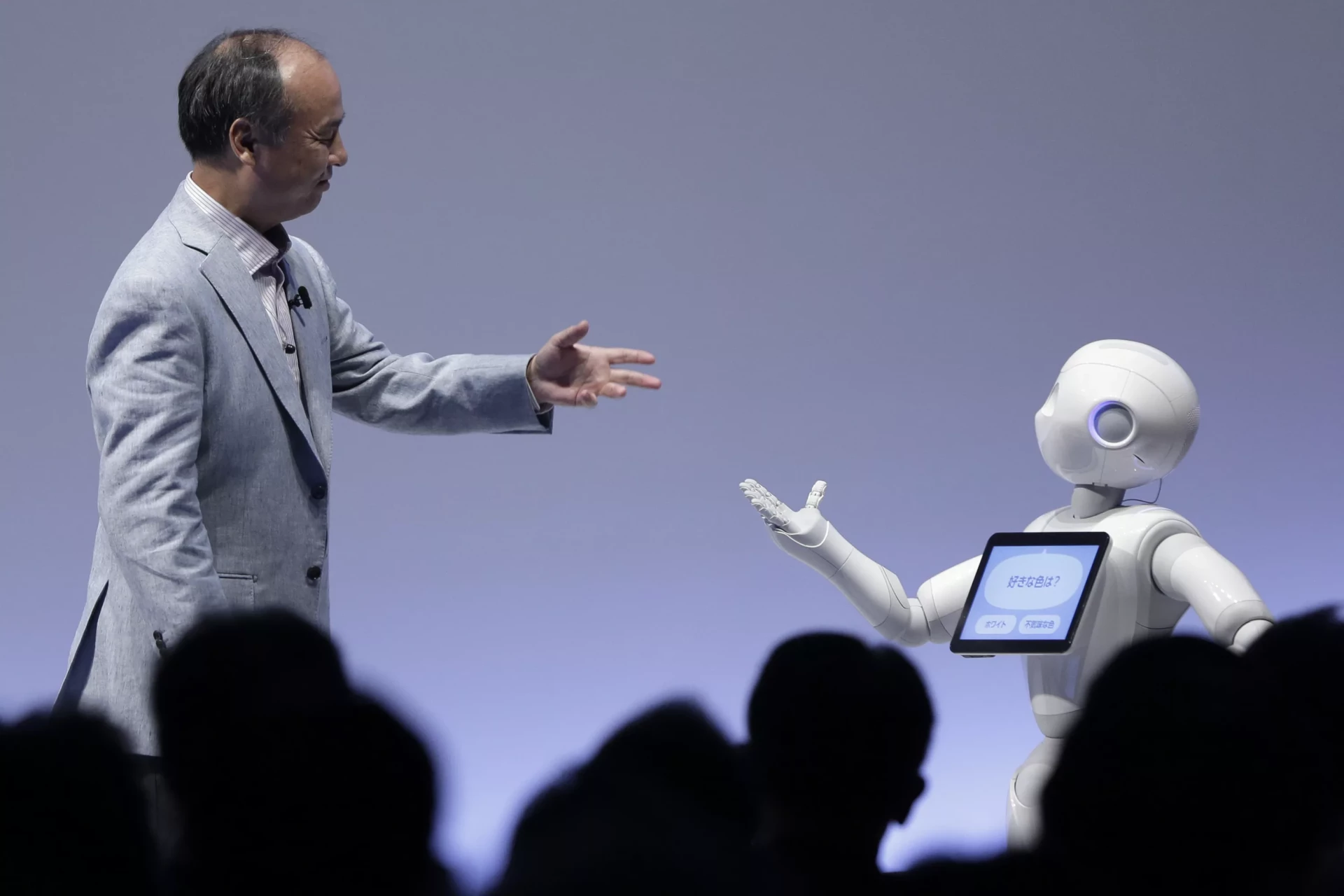No products in the cart.
The Evolution of Robots in Japan: Shaping Tomorrow’s World
Robots in Japan have a rich history, with roots stretching back decades. From their humble beginnings to their current state-of-the-art applications, robots have played a significant role in shaping various aspects of Japanese society. As we look to the future, the continued advancement and integration of robotics promise to revolutionize industries, enhance daily life, and redefine the human-robot relationship.
The Origins of Robots in Japan: A Legacy of Innovation
Japan’s fascination with robotics can be traced back to the post-war era, where rapid technological advancements fueled a wave of innovation. In the 1960s, researchers and engineers began exploring the potential of robotics in manufacturing, laying the groundwork for the country’s reputation as a global leader in automation. The introduction of industrial robots revolutionized Japan’s manufacturing sector, driving efficiency, productivity, and economic growth.
Present-Day Applications: Robots in Everyday Life
Today, robots have permeated various facets of Japanese society, serving diverse roles across different industries and domains. In factories, robotic arms and automation systems continue to streamline production processes, ensuring precision and reliability. In healthcare, robotic assistants support medical professionals in patient care, rehabilitation, and surgery, offering new avenues for treatment and innovation.
Moreover, robots have also found their way into the service sector, with humanoid robots and automated kiosks becoming increasingly common in retail, hospitality, and entertainment settings. From robot-themed cafes to automated check-in counters at hotels, these futuristic innovations provide a glimpse into the evolving landscape of customer service and interaction.

The Future of Robotics: Unlocking Boundless Potential
Looking ahead, the future of robots in Japan holds immense promise, fueled by ongoing advancements in artificial intelligence, machine learning, and sensor technology. As robotics continue to evolve, they are poised to play an even greater role in addressing pressing societal challenges and driving innovation across various fields.
In the realm of healthcare, robots are expected to revolutionize elderly care and support, helping to alleviate caregiver shortages and improve quality of life for aging populations. From robotic exoskeletons that enhance mobility to companion robots that provide emotional support and companionship, these technologies have the potential to transform the way we approach aging and healthcare in Japan and beyond.
Embracing the Robotics Revolution: A Shared Vision
As Japan continues to embrace the robotics revolution, collaboration and cooperation will be key to unlocking the full potential of these transformative technologies. Across academia, industry, and government, stakeholders are working together to drive research, innovation, and policy initiatives that support the development and deployment of robotics in Japan and beyond with new found technology the world has never seen.
In conclusion, the past, present, and future of robots in Japan reflect a journey of innovation, exploration, and transformation. From their origins in manufacturing to their present-day applications in healthcare, service, and beyond, robots have become integral to the fabric of Japanese society. As we look to the future, the continued evolution and integration of robotics hold the promise of unlocking boundless potential, reshaping industries, and enriching lives in Japan and around the world.










